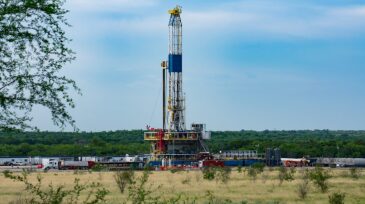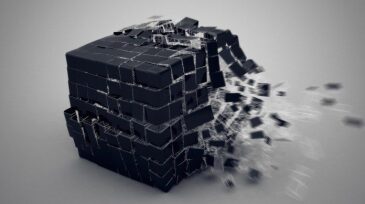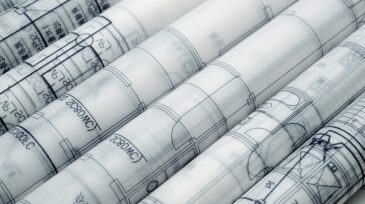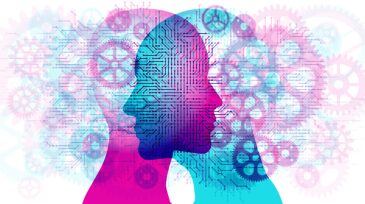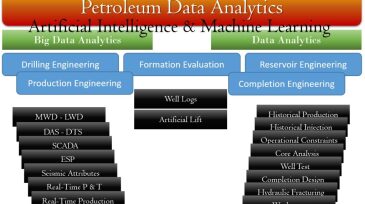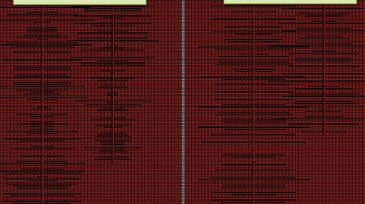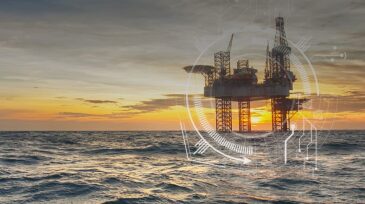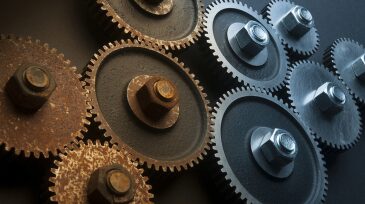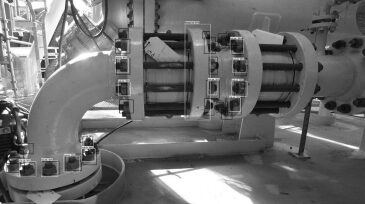machine learning
-
Major differences exist between engineering- and nonengineering-related problems. This fact results in major differences between engineering and nonengineering applications of artificial intelligence and machine learning.
-
This paper investigates the most important independent variables, including petrophysics and completion parameters, to estimate ultimate recovery with a machine-learning algorithm. A novel machine-learning model based on random forest regression is introduced to predict estimated ultimate recovery.
-
What is explainability in artificial intelligence, and how can we leverage different techniques to open the black box of AI and peek inside? This practical guide offers a review and critique of the various techniques of interpretability.
-
Using deep-learning and computer-vision techniques, the software recognizes all instances of specific instruments, valves, lines, and other features in a P&I diagram in seconds.
-
Just because they both deal with data does not mean they are the same.
-
What is the effect of the reservoir type on the application of AI and ML in reservoir and production modeling?
-
Well spacing optimization is one of the more important considerations in unconventional field development.
-
The artificial-intelligence application BHC3 Reliability provides early warning of production downtime and process risk to improve operational productivity, efficiency, and safety.
-
Just like Houston’s summer heat, corrosion of metal surfaces will occur—whether you like it or not. To help you better understand corrosion, these papers describe using water surveys in a production/injection plant, testing the effectiveness of mitigation, and data evaluation using machine learning.
-
Using machine learning (ML), image recognition, and object detection, the use of ML on algorithms to recognize objects and describe their condition were investigated—offering new possibilities for performing inspection and data gathering to evaluate the technical condition of oil and gas assets.


